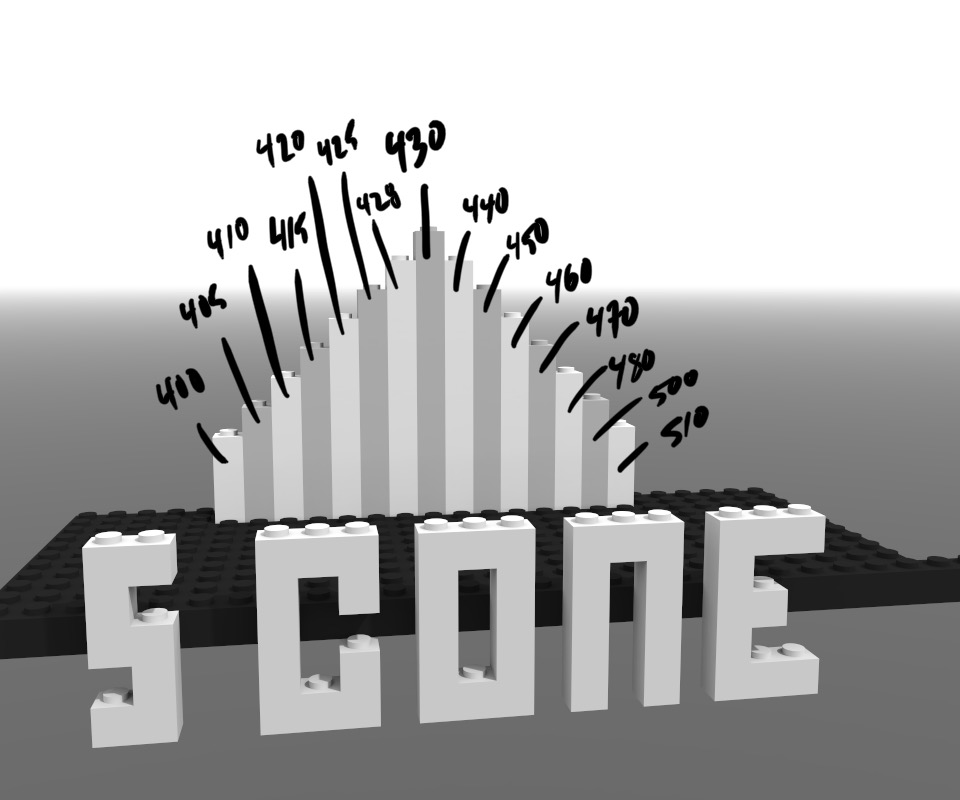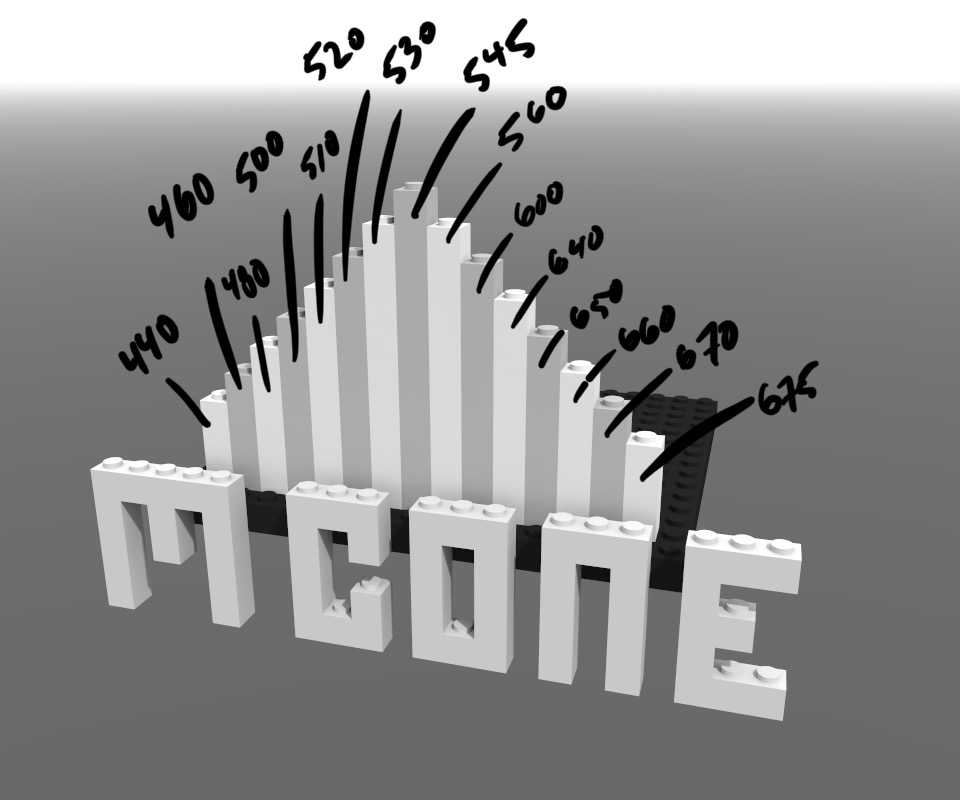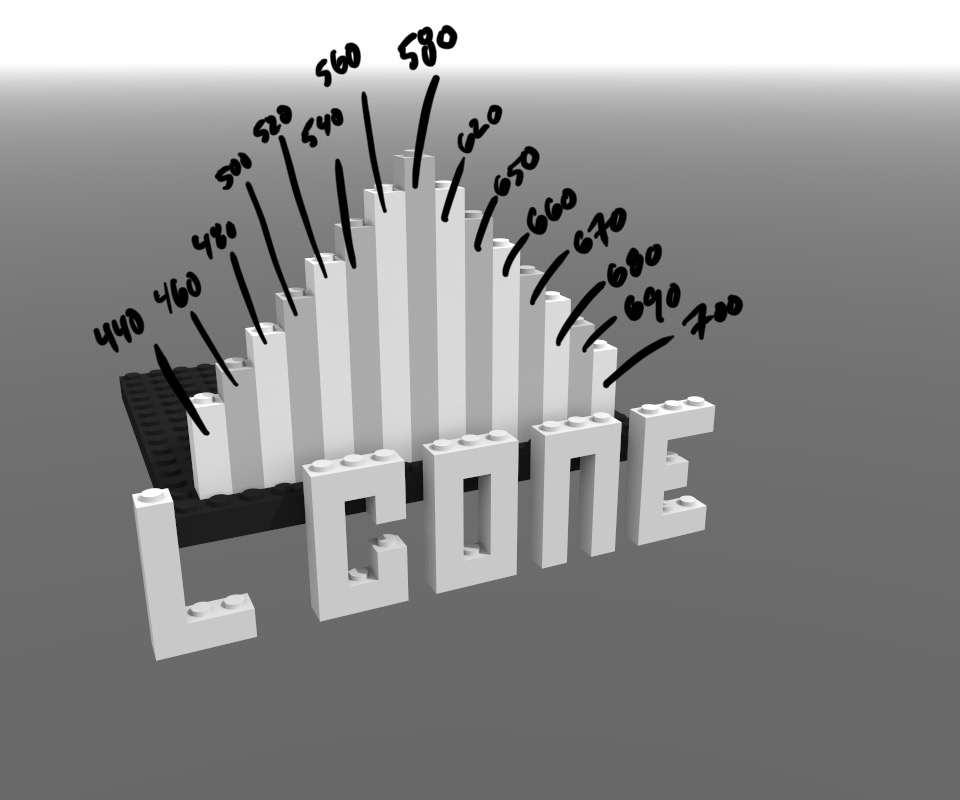Why Can't Humans See Reddish-Green?
Here’s the deal: Colour vision is a topic that can get tangled up pretty quickly, thanks to the opponent processing theory. The problem? It’s not the most approachable thing in the world. And when you finally get it, good luck remembering the details when you actually need them. There are a ton of articles out there that break down the theory in excruciating detail, but this isn’t one of them. If you’re looking for a fresh take on it, and maybe a simpler way to wrap your head around the core principles, stick with me. A basic understanding of this theory can help you answer some quirky questions about colour vision—like why humans can’t see bluish-yellow or why mixing green and red light gives you yellow, which seems nothing like its ingredients. Spoiler: the opponent processing theory has the answers.
First up, let’s take a quick look at how your eye and brain team up to turn light into what you see as colour:
The visible spectrum (a fancy term for the light we can see) spans wavelengths from 400nm to 700nm. At the back of our eyes, there are these cool receptors called cones that get all excited depending on the light's wavelength. There are three types of cones (S, M, and L), and they’re connected to the ganglion cell. The ganglion cell is like the middleman, taking signals from the cones and telling your brain what colour to paint the light.
So here’s a super-short rundown of the opponent processing theory: the ganglion cell has pre-programmed rules for colour, and the cones just influence this system based on how hyped they are. Think of it like a pulley system with weights being dropped by different receptors. To make this easier to picture, imagine a Rube Goldberg machine made of Lego. Let’s call it the Lego Colour Vision Contraption.
The Lego Colour Vision Contraption has Lego cone receptors, a Lego ganglion cell pulley system, and a Lego visual cortex. When all the paint vats weigh the same, the system’s in balance, and no paint spills.
In our contraption, the Lego cones chill on three shelves above different platforms on the Lego ganglion cell pulley system. Each shelf has an antenna for signals and stacks of Lego blocks showing how excited the cones are. If a cone’s super excited, it drops its heaviest Lego stack onto the ganglion cell platform below. If it’s just kinda excited, it drops a lighter stack. These weights throw the ganglion cell pulley system out of balance and cause paint to spill.
The Lego L-cone and M-cone wait to drop their Lego weights onto the ganglion cell platform. The L-cone loves longer wavelengths and drops its biggest stack at around 580nm, while the M-cone is most excited by 545nm.
Likewise, the Lego S-cone prefers shorter wavelengths and drops its heaviest stack at 430nm.
When the M-cone gets super excited by the light, it drops its heaviest weight onto the ganglion cell’s green vat platform, making the green vat heavier than the red one and spilling green paint.
If both the L-cone and M-cone are equally excited, they drop equal weights onto the red and green vats, keeping balance and preventing spills. But their combined weight tips the larger pulley system, lifting the blue vat and unblocking the yellow vat to let yellow paint flow. This happens at 560nm light, which humans see as yellow.
By simply knowing each cones prefererence for wavelengths, one can conceptualize how the weights will fall, how the vats will move, and which paint will get spilled. Specifically, this is which Lego stack will drop for each cone at various wavelengths:
Knowing each cone’s wavelength preference helps predict how the weights fall, how the vats move, and which paint spills. For instance, at 645nm light, the L-cone is slightly more activated than the M-cone, dropping a larger weight onto the red vat than the green vat. This spills red paint, lifts the blue vat, and lets yellow paint flow. The visual cortex mixes red and yellow paint, seeing the light as orange.
When viewing 645nm light, the whole process from start to finish, and why we ‘see’ this wavelength as being orange.
In the end, the theory shows why humans can’t see reddish-green or bluish-yellow: no weight combo allows both red and green paint or blue and yellow paint to spill at the same time.
Dr. Burke is an optometrist practicing at Calgary Vision Centre. He spells colour with a 'u' because its the right way to spell it. Opinions above do not constitute medical advice, and readers should consult with their optometrist if they have questions or concerns about their eye health




